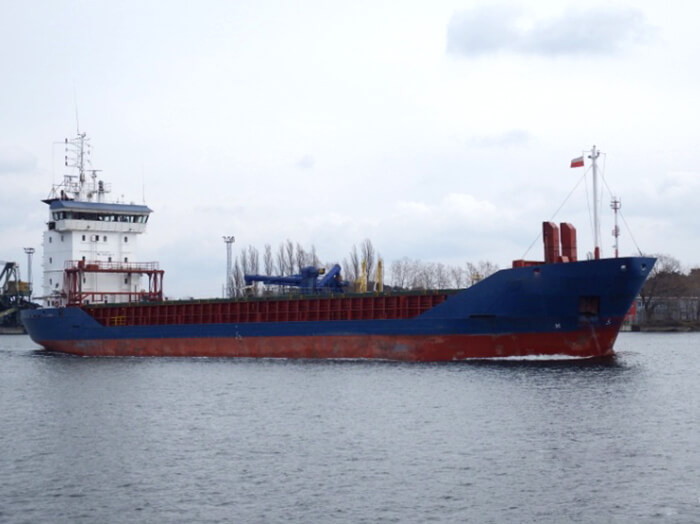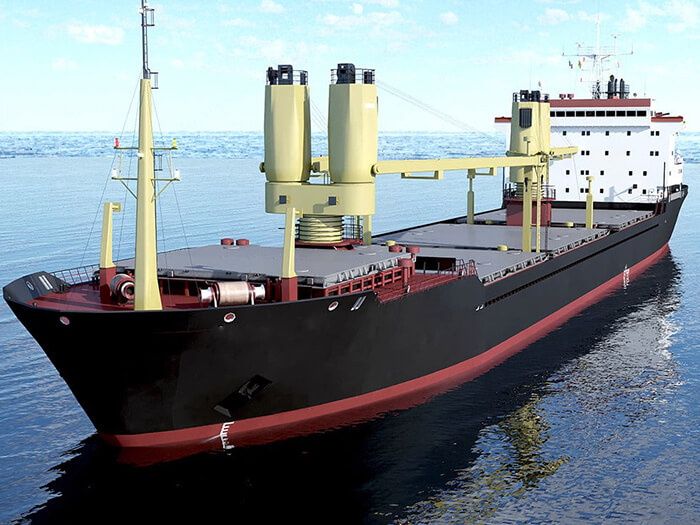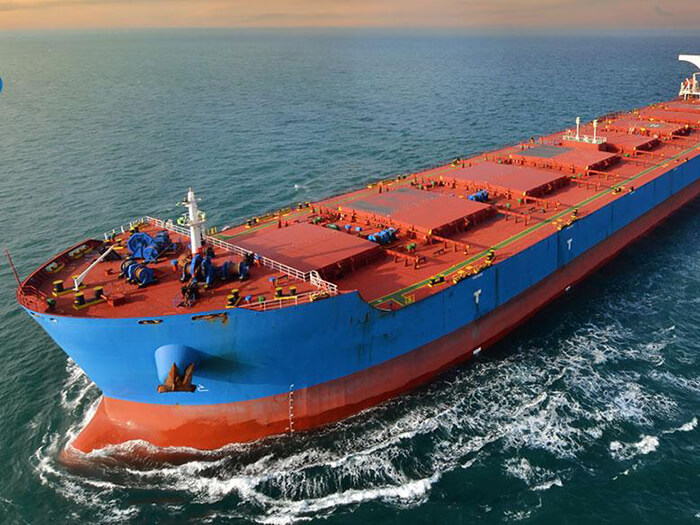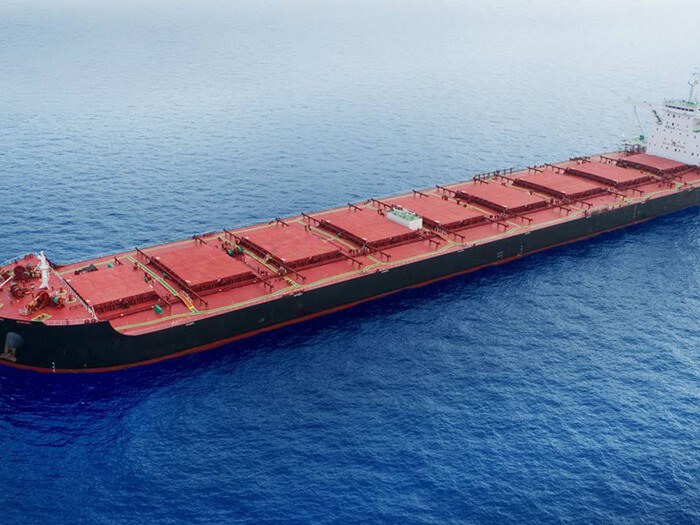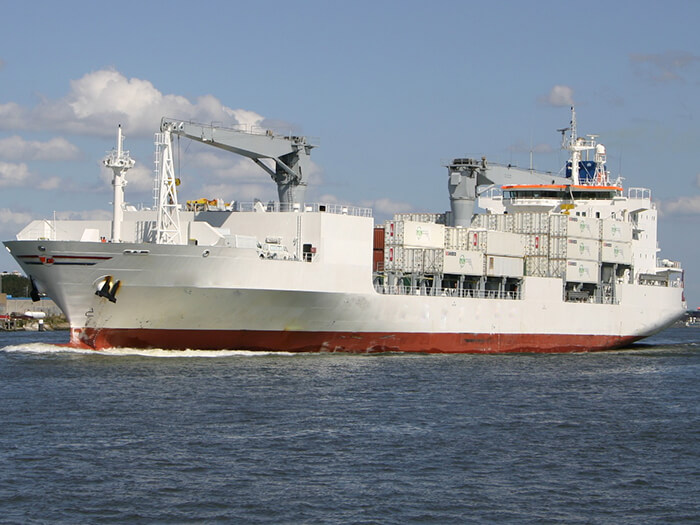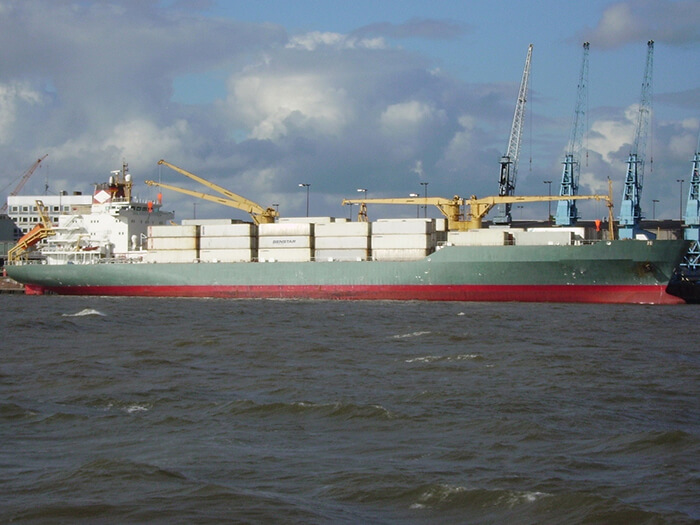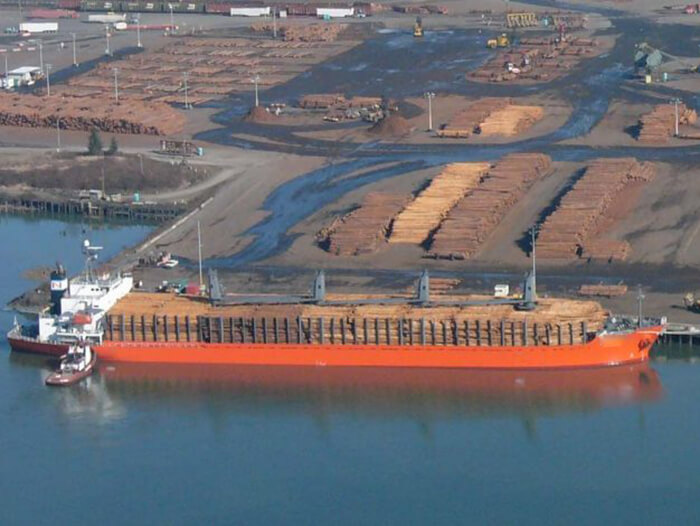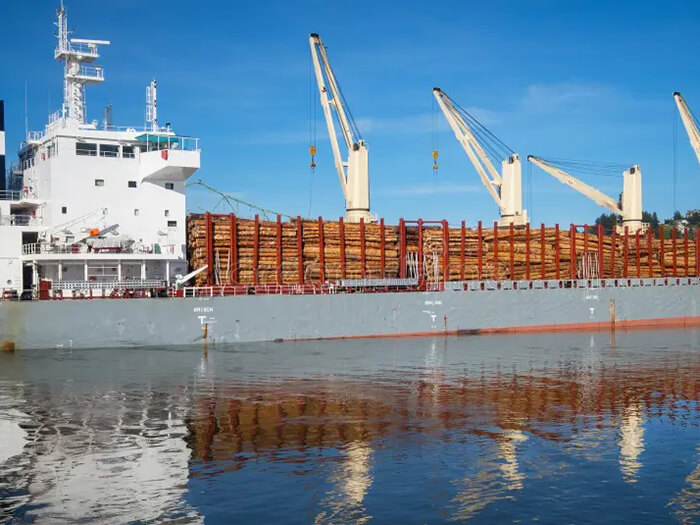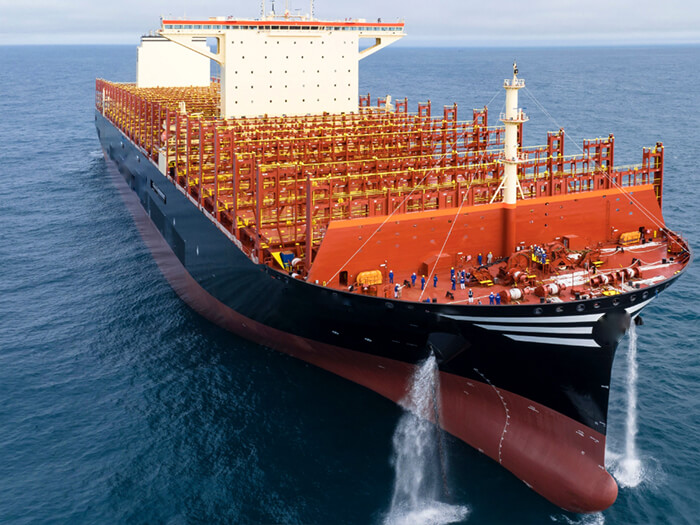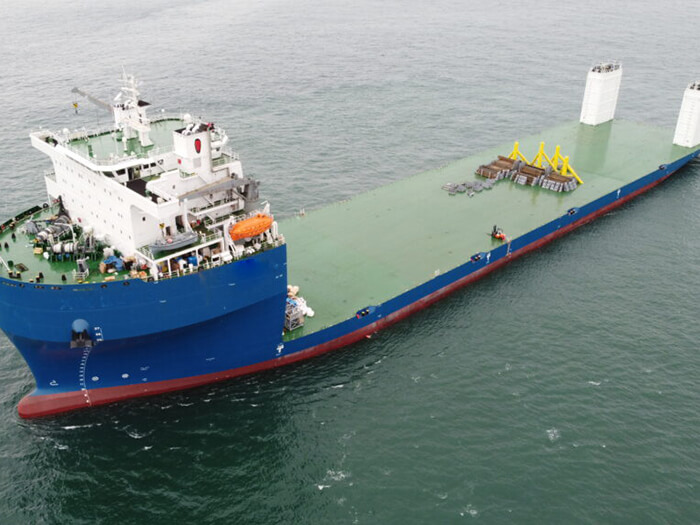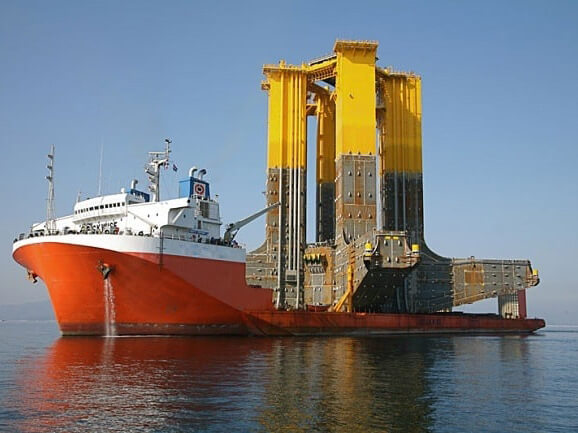How much do you know about marine cargo transport ships?
Date:2023-06-29
There are many types of marine cargo transport ships. According to their different purposes, cargo transport ships can be divided into two categories: dry cargo ships and tankers.
- Dry Cargo Ship
According to the different cargo, ship structure and equipment, it can be divided into:
- General Cargo Ship
General cargo ship generally refers to a ship that regularly sails on a busy freight route and mainly ships sporadic general cargo. This kind of ship sails faster and is equipped with sufficient lifting equipment. In the ship structure, there are multi-layer decks to divide the cabin into multi-layer containers to meet the needs of loading different goods.
- Bulk Cargo Ship
Dry bulk carrier is a ship used to load unpackaged bulk cargo. According to the different types of cargo loaded, it can be divided into grain ship (Grain Ship), coal ship (Collier) and ore ship (Ore Ship). Most of these ships are single-deck, and there are no pillars in the cabin, but partitions are provided to prevent the misalignment of the cargo in the cabin running in wind and waves.
- Timber ship
Timber ship is a ship specially designed to carry timber or logs. This kind of ship has a large hatch, and there are no beams and columns in the cabin and other equipment that hinder loading and unloading. Wood can be loaded in the cabin and on the deck. In order to prevent the timber on the deck from being washed overboard by the waves, bulwarks of not less than one meter are generally set up on both sides of the ship’s side.
- Container Ship
Container ships can be divided into three types: partial container ships, full container ships and convertible container ships. Some container ships (Partial container ships) only use the central part of the ship as a special space for containers, and other spaces are still loaded with general groceries. Full Container Ship (Full Container Ship) refers to a ship specially used to transport bag boxes. It is different from general cargo ships, in its cargo hold. There are grid-type shelves equipped with vertical guide rails, which are convenient for containers to be put down along the guide rails, and the four corners are restricted by grids to prevent dumping.
Three to nine layers of containers can be stacked in the cabin of a container ship, and three to four layers can be stacked on the deck. A convertible container ship (Convertible Container Ship) has a detachable structure for loading containers in its cargo hold. As such, it can be used both for shipping containers and, if necessary, for general breakbulk.
- Ro-Ro ship
Ro-Ro ships are mainly used to transport cars and containers. This kind of ship itself does not need loading and unloading equipment. Generally, there are open slopes on the side of the ship or at the bow and stern of the ship to connect to the dock. When loading and unloading goods, either a car or a container (loaded on a trailer) directly enters or leaves the cabin. The advantage of this kind of ship is that it does not rely on the loading and unloading equipment on the wharf, and the loading and unloading speed is fast, which can speed up the turnover of ships.
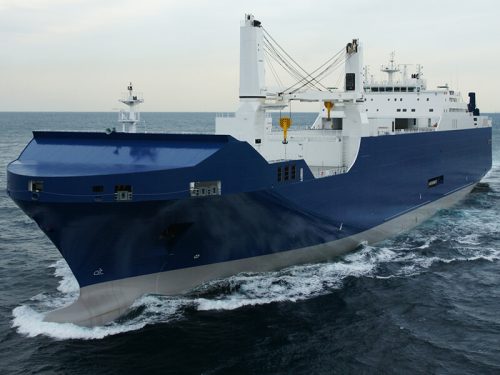
- Barge Carrier
It refers to a ship that carries a barge on a large ship and loads cargo in the barge. The main advantage of the barge is that it is not restricted by the water depth of the port, does not need to occupy a berth, and the loading and unloading of goods is carried out at the anchorage, and the loading and unloading efficiency is high. Currently, there are two types of barges commonly used: Lighter Aboard Ship (abbreviated as LASH) and Seabee.
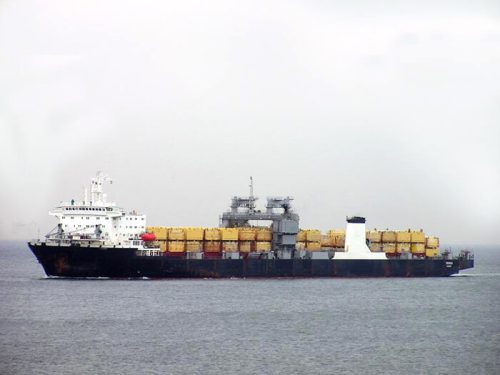
- Semi-submersible ships
Also known as a semi-submersible mother ship, it submerges the loading deck into the water through the adjustment of its own ballast water, so that the specific cargo to be carried (such as barges, yachts, ships, drilling platforms, etc.) floats into the semi-submersible from the designated position. On the loading deck of the ship, the cargo is transported to the designated location. A semi-submersible ship is a special marine vessel that specializes in transporting super-long and overweight equipment such as large offshore oil drilling platforms, large ships, submarines, gantry cranes, and prefabricated bridge components that cannot be lifted separately.
- Tanker
Tankers are ships mainly used to transport liquid cargo. Oil tankers can be divided into oil tankers and liquefied natural gas ships according to the type of cargo loaded. Oil Tanker mainly ships liquid petroleum cargo. In order to obtain greater economic benefits, the deadweight tonnage of oil tankers has continued to increase after World War II. At present, the deadweight tonnage of the largest oil tanker in the world has reached more than 600,000 tons. Liquefied Natural Gas Carrier (Liquefied Natural Gas Carrier) is specially used to ship liquefied natural gas.
Next: Delivery of ID750mm rubber bow pipe floats successfully
RELATED
- United States Tender – Repairing and Replacing Rubber Fender at Pier 3, Nawiliwili Harbor, Kauai
- What is the pneumatic rubber fender?
- 250 Ton T type Bollards worked very well
- High-Performance Pneumatic Fenders Ready for STS Operation
- What affects the performance of ship launching airbags?
- A batch of DD Fenders Successfully delivered to Europe
- New batch of cylindrical fenders were delivered in advance
- What kind of rubber fenders are used on tugboats?


